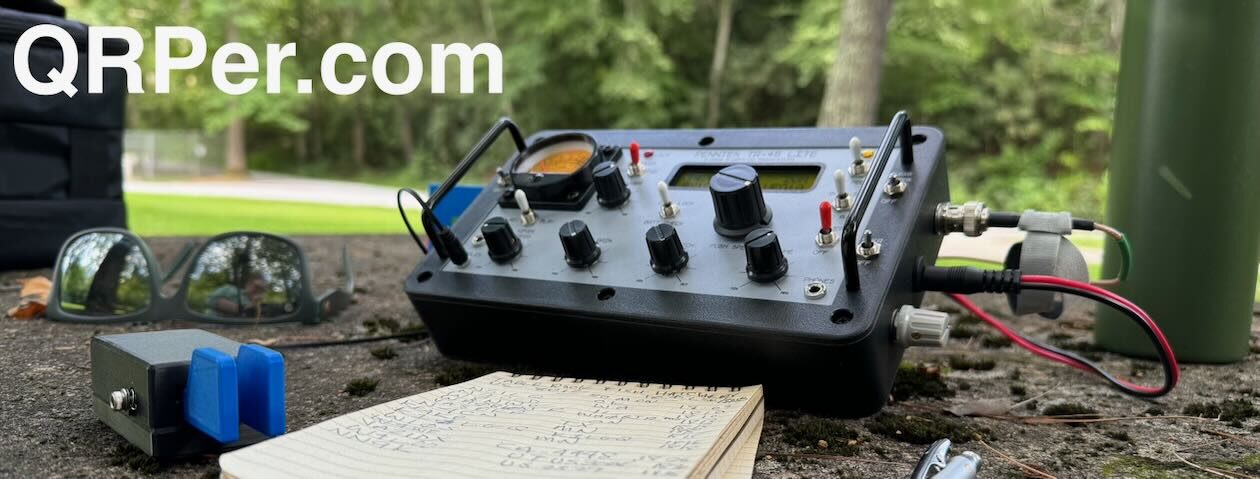Many thanks to Paul (W7CPP) who writes:
If you haven’t seen this it is worth watching. Alan does a great job calculating the actual versus selected keyer speed on the KX2 and TR-45:
Click here to watch on YouTube.
Brilliant video! Thanks for sharing this, Paul.
Alan’s YouTube channel is one of my favorites. If you haven’t already, hop over there and subscribe!


This isn’t valid as a KEYER speed measurement because you’re sampling RF and the key down to ‘RF produced’ time wasn’t measured. You’re measuring only the entire transceiver timing. You could’ve also triggered from the sidetone audio on a second trace and then all factors would be closer to the full story. It would be interesting to do not only that but measure what’s produced by logging programs and external keyers such as WinKeyer and Mortty. Hope we’ll see more. If I had a scope still I’d do it, but then I’d also have to learn how to do YouTube videos!
I would say sampling at the RF output would give more of an accurate speed for that is what is actually transmitted and what is heard at the other end. The RF is actually what the rigs are sending, not the side tone.
But is interesting test. I have always thought what the speed actually is from my rigs even though most these days do display it.
Had always thought the best test is to take a large sample of sending like 10 pages from a book and check the 5 word groups that are sent. Might get a slightly different sample if the book were about zebras or qualms or other books with large words, but would probably be very close to actual speed of number of characters/(time in minutes x 5).
I usually just adjust my speed to what I am confrontable with unless the other guy is going slower.
73, ron, n9ee
Very well done experimental methodology. Matches my perception that the TR-45L sends faster than its keyer setting. KX2 is certainly within a fraction of a standard deviation. Neither are instruments that would be used on the Space Shuttle, but both are great QRP CW rigs for portable ops. Measurement is not exact…for fun, ask Heisenberg how this applies to quantum mechanics